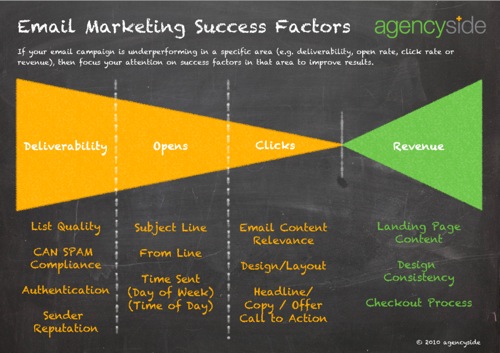Is your marketing making you a rock star?
May 31, 2013
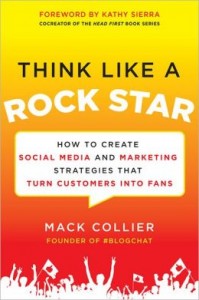 Mack Collier has hit a home run with his book Think Like A Rock Star* and I really want all of you to get his message.
Mack Collier has hit a home run with his book Think Like A Rock Star* and I really want all of you to get his message.
As consumers get more jaded by traditional advertising and marketing that interrupts rather than connects — this book serves up the answer.
Why not be so good, create so much goodwill and treat your best customers like the super stars they are — all so you can unleash the word of mouth power of those best customers? We know that there’s nothing more influential than word of mouth and that an endorsement from a trusted friend/source absolutely influences buying decisions. So who wouldn’t want more of that for their business?
Author Mack Collier has studied how some of the world’s best entertainers have inspired their fans to help grow their fan base, sell concert tickets and CDs/downloads and in general — create buzz that elevates the star’s status and earning potential.
One of the reasons this is such a smart read is because it puts the marketing emphasis where it belongs — on existing customers (and even more so…. super engaged existing customers) rather than chasing prospects. Mack outlines many ways that rock stars connect with their fans, show their genuine gratitude and appreciation to their fans and inviting those fans to be their biggest advocates and evangelists.
You’ll get all kinds of ideas of how you can make your business a rock star too. Your best customers will be as ready to give you a standing ovation as the examples in the book. One of the features of the book you’ll find incredibly valuable is the Backstage Passes. These informational call out boxes give you very specific ways you can apply the examples to your own business. Like a little recipe card — they’ll guide you step by step.
I highly recommend this book (click to buy on Amazon*)and the concepts in it. Mack models his theories well — read the book and become one of his fans!


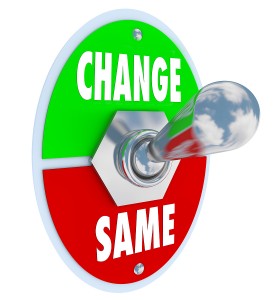 You know, the annoying thing about clichés is that they’re based in truth, even though that truth may be a bit worn in places. And lately I’ve been very aware of the idiom “the only constant is change” as it relates to business and especially to marketing.
You know, the annoying thing about clichés is that they’re based in truth, even though that truth may be a bit worn in places. And lately I’ve been very aware of the idiom “the only constant is change” as it relates to business and especially to marketing.
 I was recently contacted by a college student who asked if he could interview me for one of this classes. One of the questions he asked is one I get a lot, so I thought I’d share my answer with you here.
I was recently contacted by a college student who asked if he could interview me for one of this classes. One of the questions he asked is one I get a lot, so I thought I’d share my answer with you here.
 When you’re creating any sort of communication aimed at a potential buyer, you want them to do what?
When you’re creating any sort of communication aimed at a potential buyer, you want them to do what?
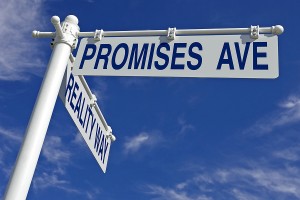 That’s the age-old question, isn’t it?
That’s the age-old question, isn’t it?
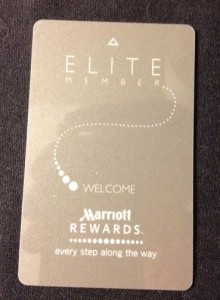 Whenever I check into a Marriott, I get a card that looks like this. The word elite indicates that I am a member of their
Whenever I check into a Marriott, I get a card that looks like this. The word elite indicates that I am a member of their  Look at how beautiful it is. (I was in their Magnolia wing) But Marriott assumes that the bland but “prestigious” card is what their most frequent customers would prefer.
Look at how beautiful it is. (I was in their Magnolia wing) But Marriott assumes that the bland but “prestigious” card is what their most frequent customers would prefer.
 One of the most common mistakes marketers make is that they think their customers and prospects care about them, what they sell and how it works. The human truth is consumers really do think, feel and ask “what’s in it for me?”
One of the most common mistakes marketers make is that they think their customers and prospects care about them, what they sell and how it works. The human truth is consumers really do think, feel and ask “what’s in it for me?”
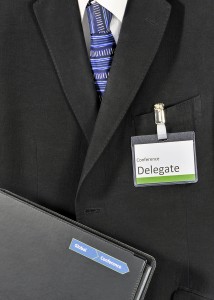 It seem intuitive to us that if we’re heading to a trade show as an exhibitor we should be thoughtful about how to maximize that time and dollar investment. Yet somehow, when we’re attending a show or conference as an attendee, we don’t seem to give it the same consideration.
It seem intuitive to us that if we’re heading to a trade show as an exhibitor we should be thoughtful about how to maximize that time and dollar investment. Yet somehow, when we’re attending a show or conference as an attendee, we don’t seem to give it the same consideration.
